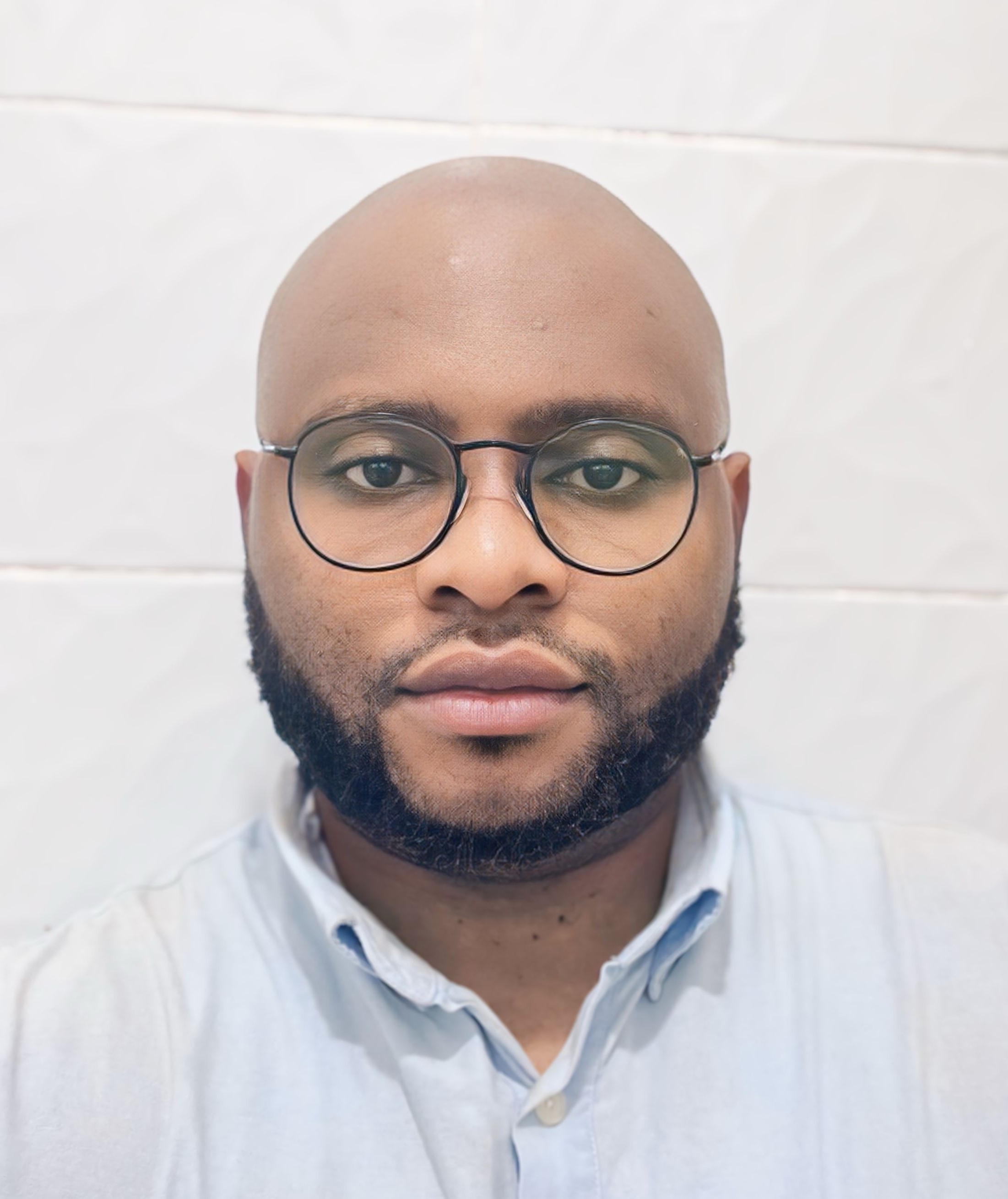About
Congolines. Inscribing lines, weaving threads. Congolese colonial paintings as images and objects, a project funded by BELSPO BRAIN-be 2.0 program, aims to reconstruct the history of Congolese painting from precolonial through colonial times, focusing on collections at the Royal Museum for Central Africa and the Royal Library of Belgium. By examining various art forms that emerged in the Belgian Congo in the first half of the 20th century under European patronage, such as watercolor and mural painting, the research repositions these works within longstanding practices of visual art while also exploring their role as products of a unique “contact zone.” You can find the collection of drawings made by Congolese makers here.
The project prioritizes Congolese perspectives, investigating how these artworks were embedded within local communities and how colonial patronage influenced their creation. Through collection-based research, fieldwork in the Democratic Republic of Congo, and archival study, it explores the historical, social, and artistic significance of these works both in Congo and Europe.
In collaboration with Congolese institutions, the project also seeks to expand access to these collections for Congolese audiences through digital resources and exhibitions.
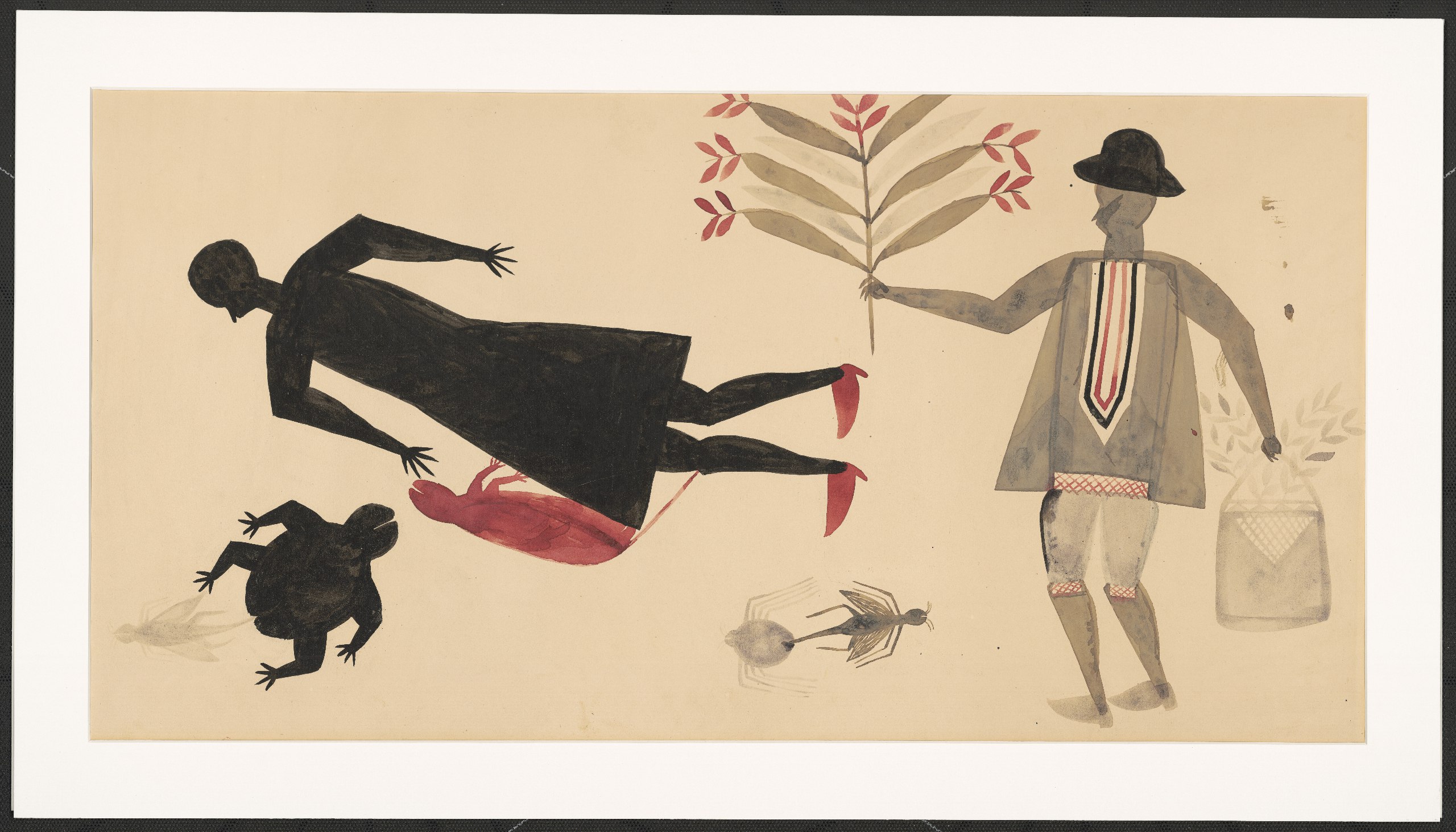 Attributed to Tshela tendu. Between 1929 and 1932. HO.0.1.3362
Attributed to Tshela tendu. Between 1929 and 1932. HO.0.1.3362
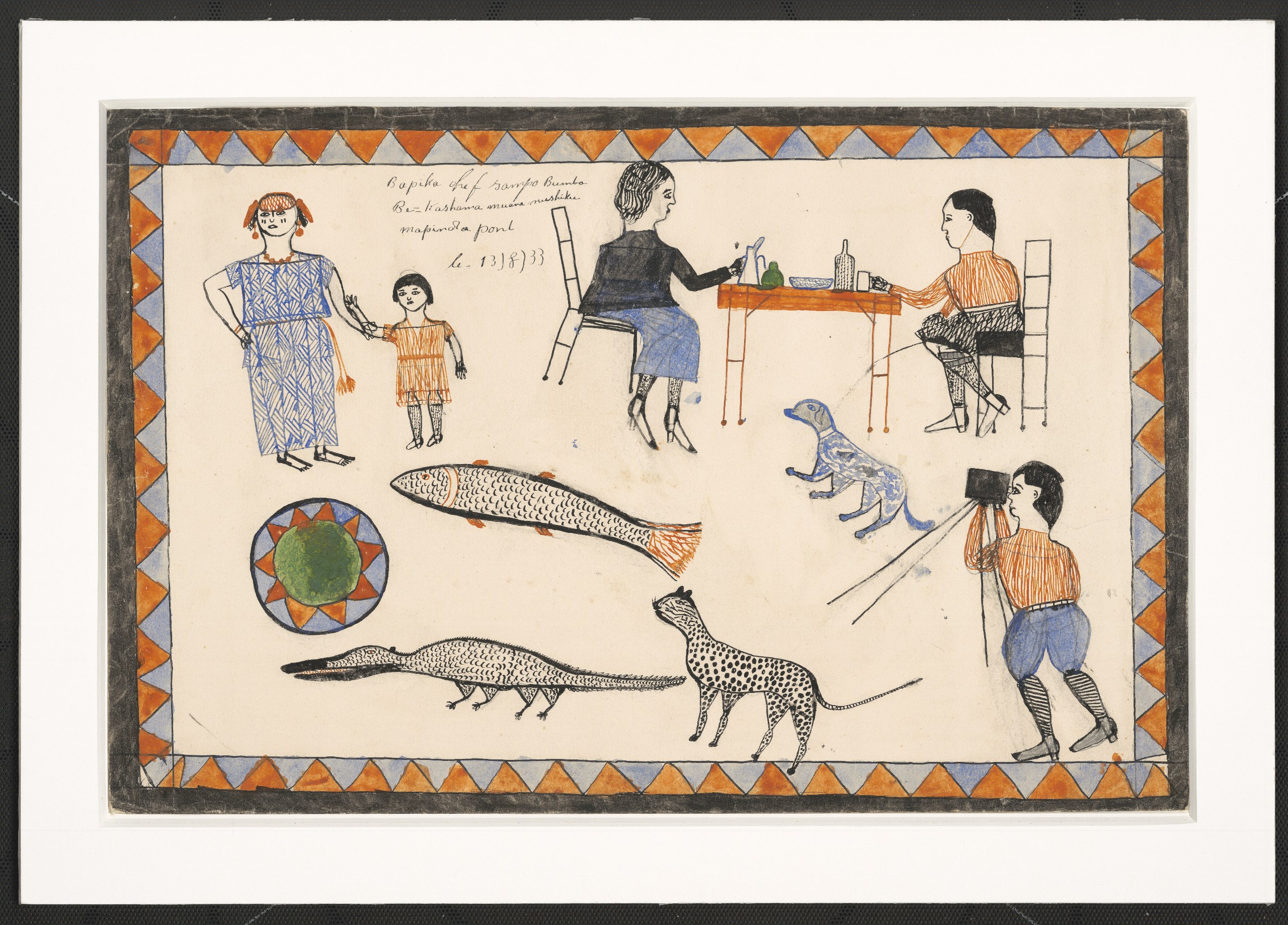 Attributed to Paul Mampinda. 1933. HO.0.1.3419
Attributed to Paul Mampinda. 1933. HO.0.1.3419
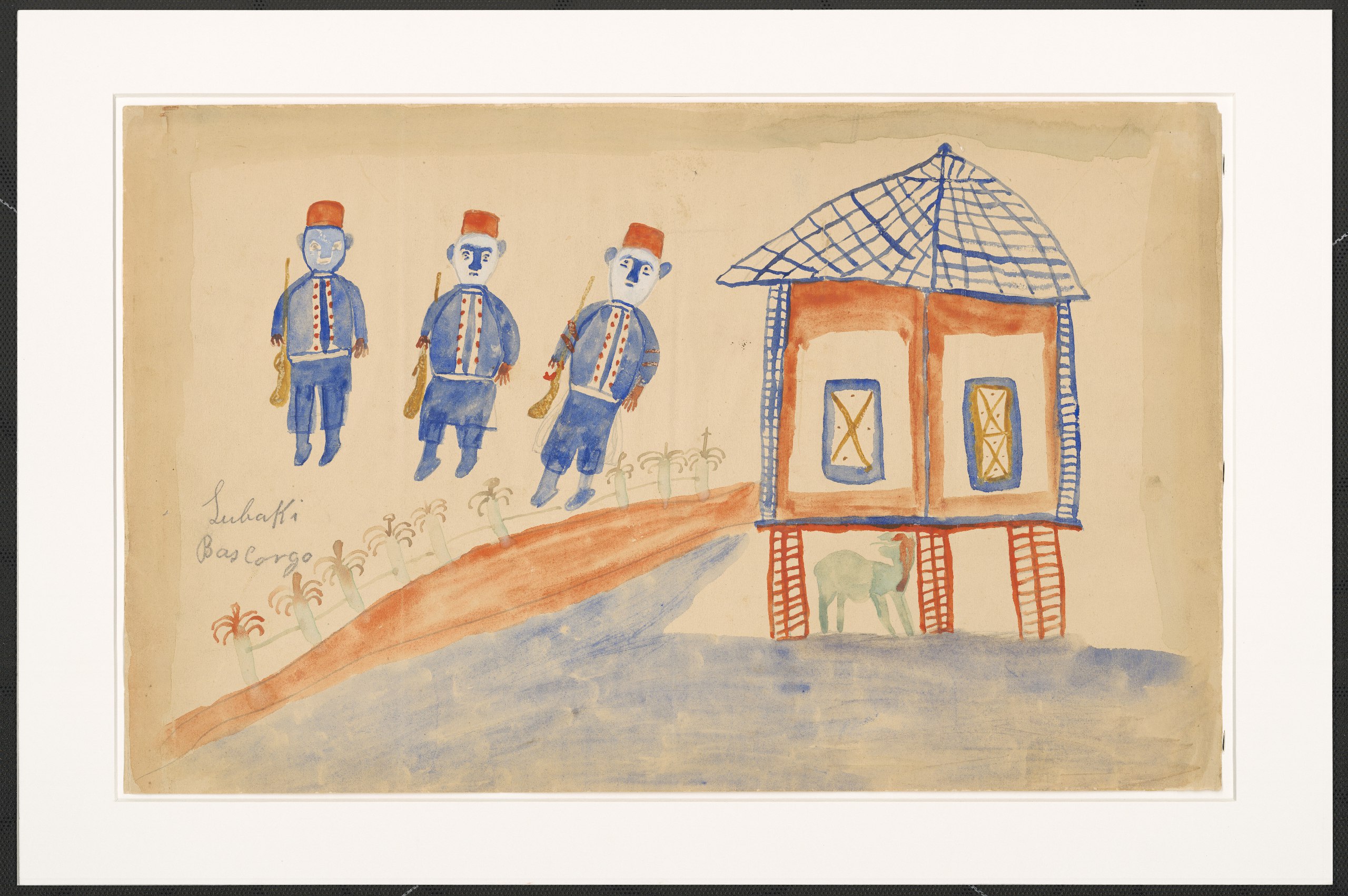 Attributed to Albert Lubaki. Between 1926 and 1929. HO.0.1.519
Attributed to Albert Lubaki. Between 1926 and 1929. HO.0.1.519
- Partners
AfricaMuseum (coordinator) - Dr. Prof. Bambi Ceuppens, Holder of the Rotating Chair Anton van Duinkerken for Arts and Culture (2022 - 2025)
Royal Library of Belgium - Joris Van Grieken
University of Ghent - Dr. Prof. Vicky Van Bockhaven
University of Kinshasa - Dr. Prof. Placide Mumbembele Sanger
- Research team
- Diana Salakheddin (Africamuseum, UGent)

Diana Salakheddin is a multidisciplinary researcher with a background in art history and cultural anthropology. She is currently a scientific researcher at the Royal Museum for Central Africa (Africamuseum) and a doctoral candidate in African Studies at Ghent University. Her research focuses on historicizing watercolor painting in Congo by tracing the stories of its makers, contextualizing the visual corpus, and connecting this artform to broader artistic practices. Diana combines archival research, fieldwork, interviews, and iconographic analysis in her work.
Previously, Diana worked on topics such as posthuman anthropology and multispecies ethnography, as well as (post)colonial modernisms in architecture and art.
- Ophélie Laloy (KBR, VUB)
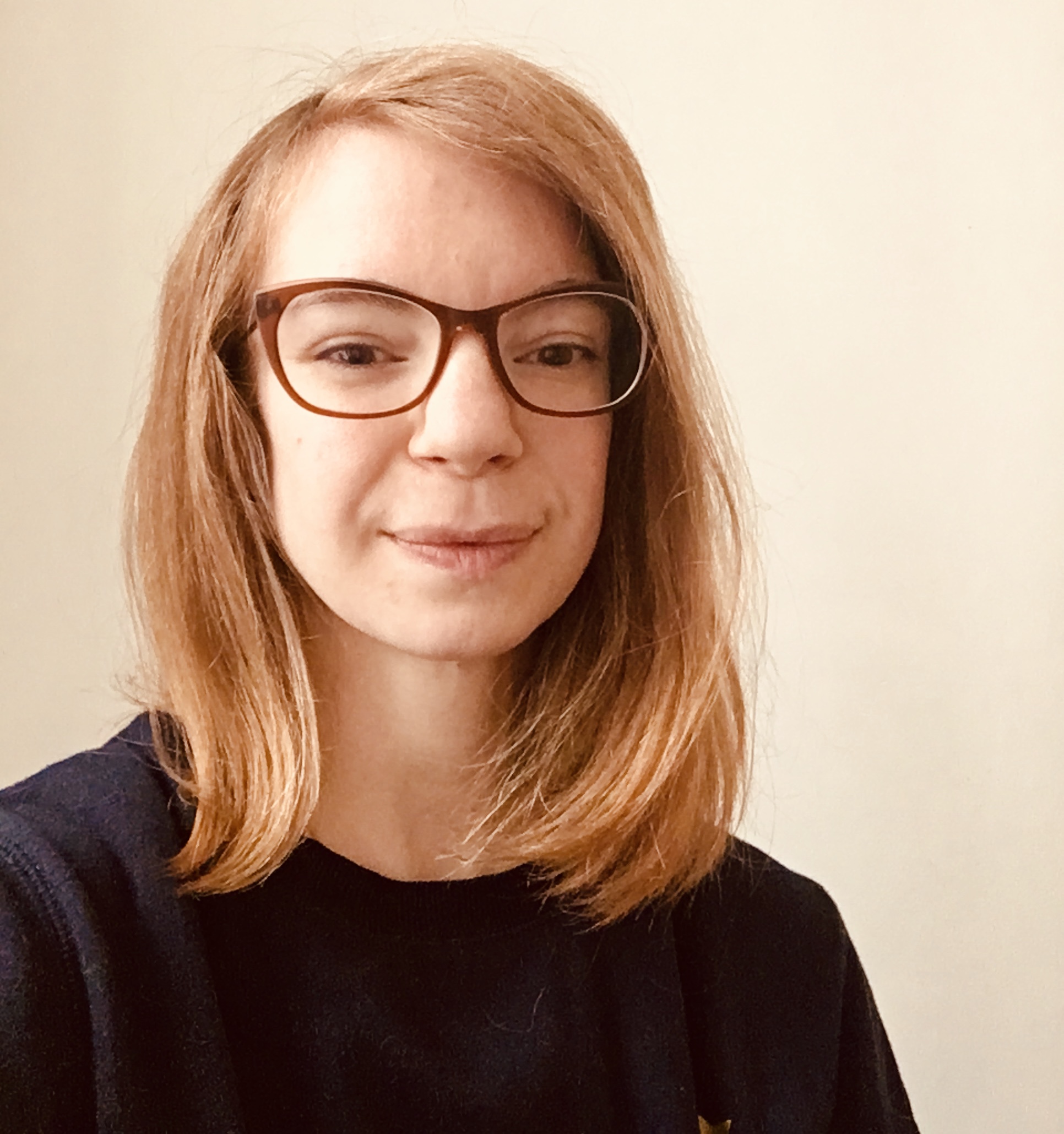
Following an artistic and academic education rich in professional experience, Ophélie Laloy participated as a museum assistant at the Africamuseum in the preparation of the exhibition Congo Art Works: Popular painting (2016) curated by Bambi Ceuppens and Sammy Baloji. She is currently a research assistant at the Print Room of the Royal Library of Belgium (KBR) and a PhD student in art history (VISU) at the Vrije Universiteit Brussel (VUB). She is interested in discourses of domination, literature, and anti-speciesism.
In the project, Ophélie analyzes the European reception of a collection of Congolese colored drawings made by various people native to the Belgian Congo and commissioned by several individuals linked to the Belgian colonial administration between 1926 and 1939. The aim is to understand how, displaced from their context of creation to a context of reception, interwar Europe, these drawings and some of their authors were the subject of narratives serving particular interests. These narratives are still the most widely disseminated today, both in the Democratic Republic of Congo (DRC) and in the rest of the world. She is working on a critical and historical analysis of these narratives by comparing them with the primary sources, namely the drawings.
- Michée Diansana (UNIKIN)
Michée Diansana is a PhD student in Art History, mainly trained at the University of Kinshasa, where he obtained a bachelor's degree in Population History, Urban Planning, and Development, as well as a Master's degree in Cultural History. His research focuses on the urban and social dynamics resulting from colonization in the Congo.
He joined the Congolines project in 2023, where he conducts research on Congolese popular painting, with a focus on Albert Lubaki. He analyzes Congolese painting from the 1920s and 1930s, with a particular interest in cultural representation in works attributed to Lubaki. Through a critical approach, he explores the encounter between the traditional know-how embodied by Lubaki and the Western materials introduced during the colonial era.
Michée Diansana is a member of the Congo Research Network (CRN) and the Central Africa Studies Association (CASA). He has also published on the use of photography as a tool for denouncing colonial violence, notably through an analysis of the work of Alice Seeley Harris.
- Yvette Ikando (UGent, UNIKIS)
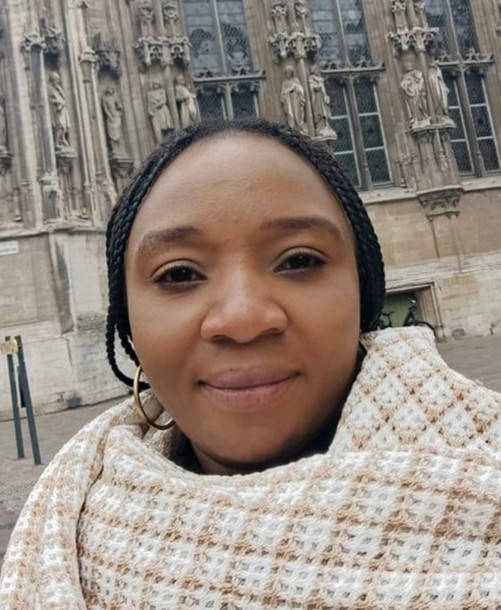
Yvette Ikando is a PHD student at Ghent University and the University of Kisangani (UNIKIS), where she also obtained her Master’s degree in Anthropology. As part of the Congolines project, her research focuses on the history of mural painting in Congo.
Previously, Yvette worked on issues related to women in the mining sector in northeastern Congo.
Banner image: EP.0.0.8904, collection RMCA Tervuren; photo C. Zagourski, 1929-1937.

